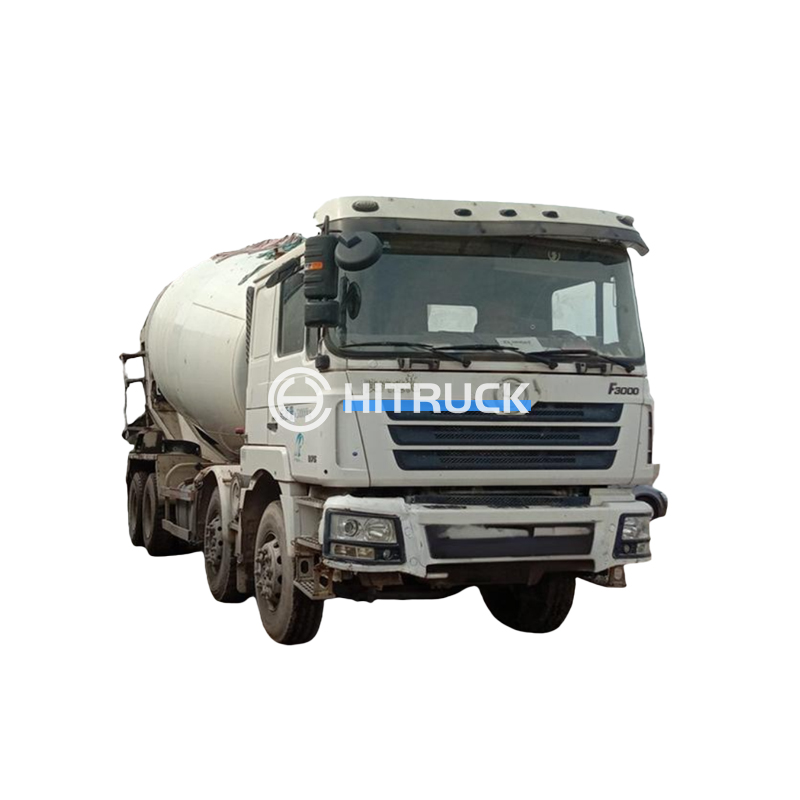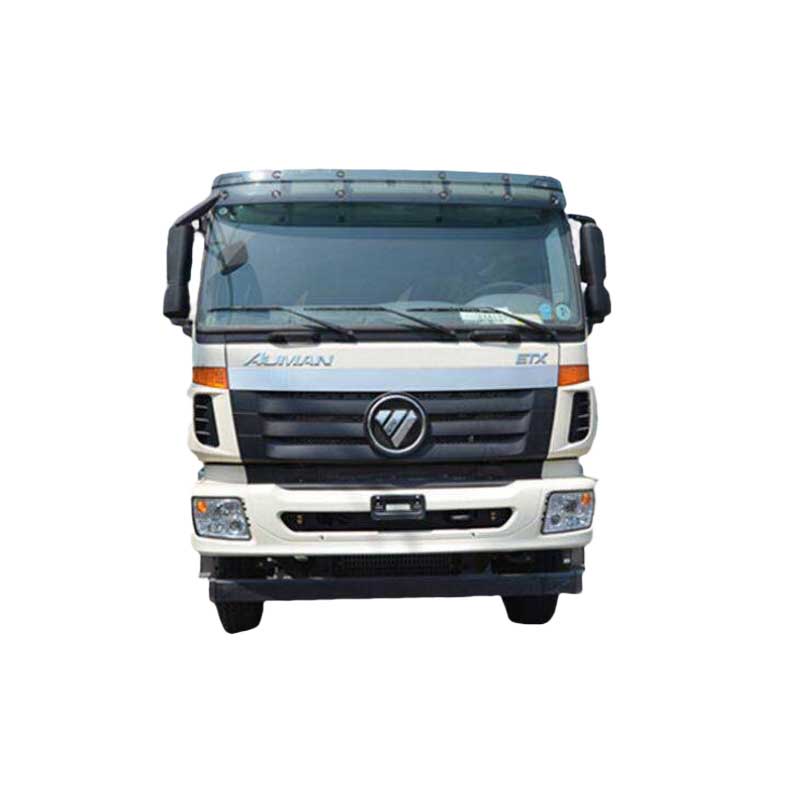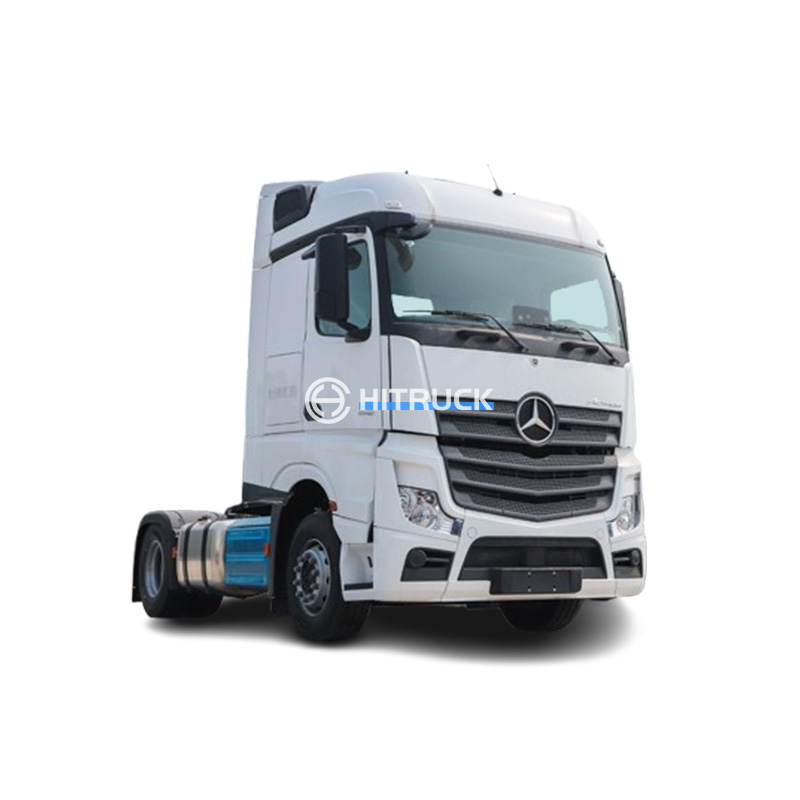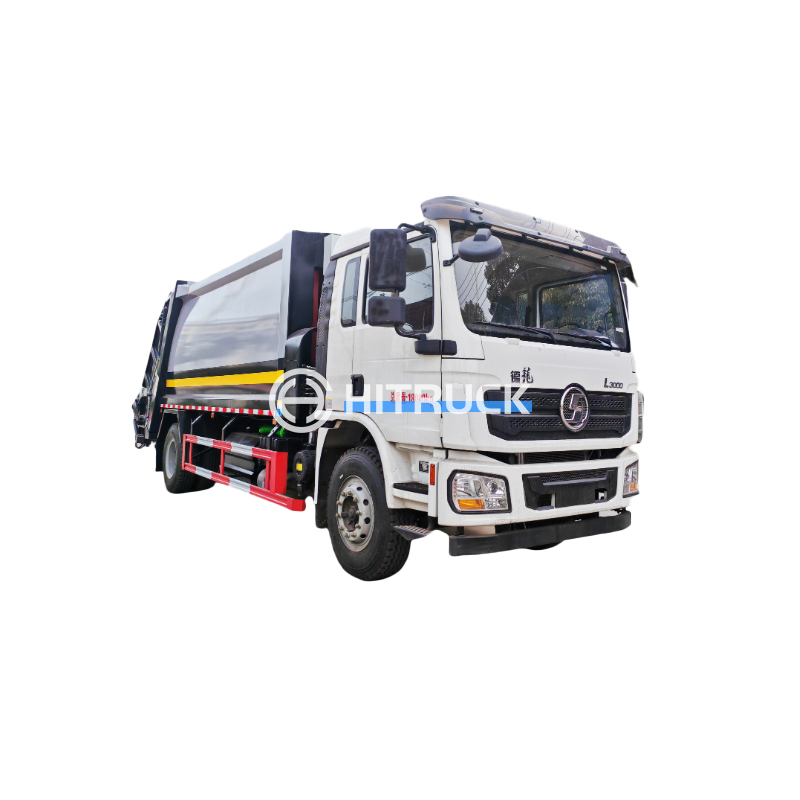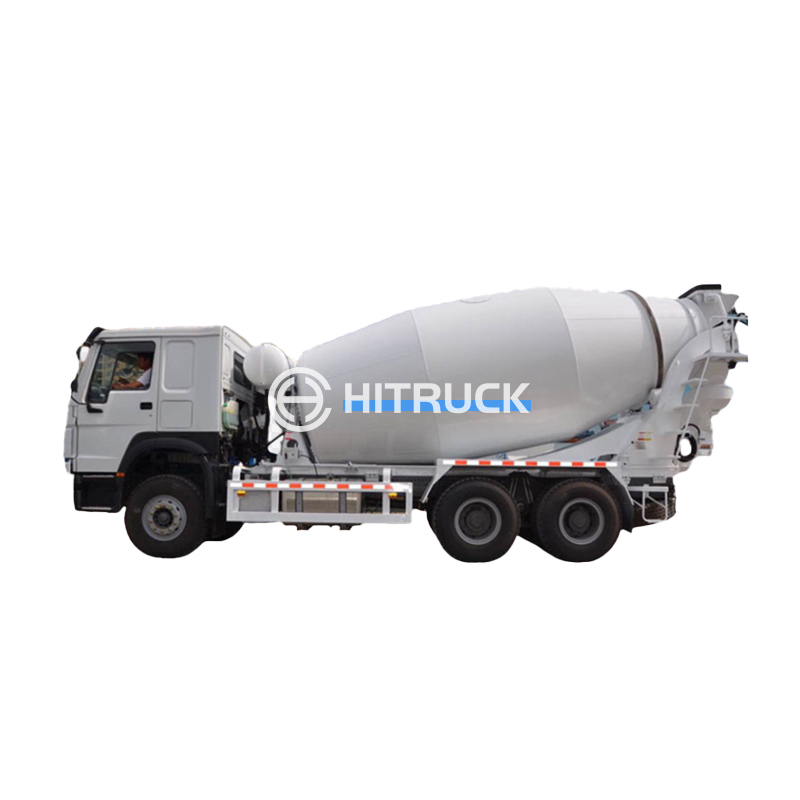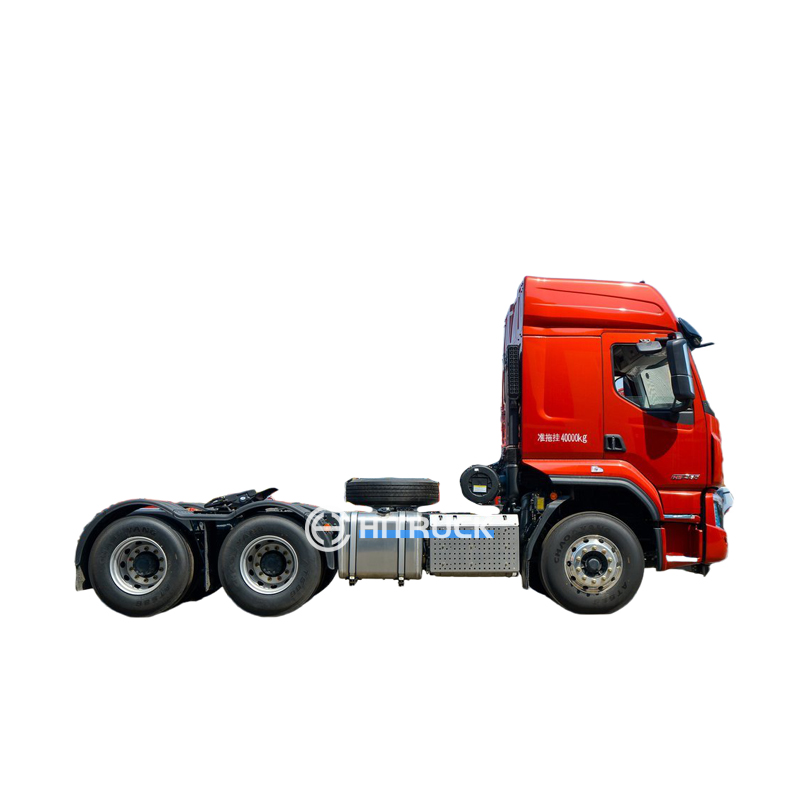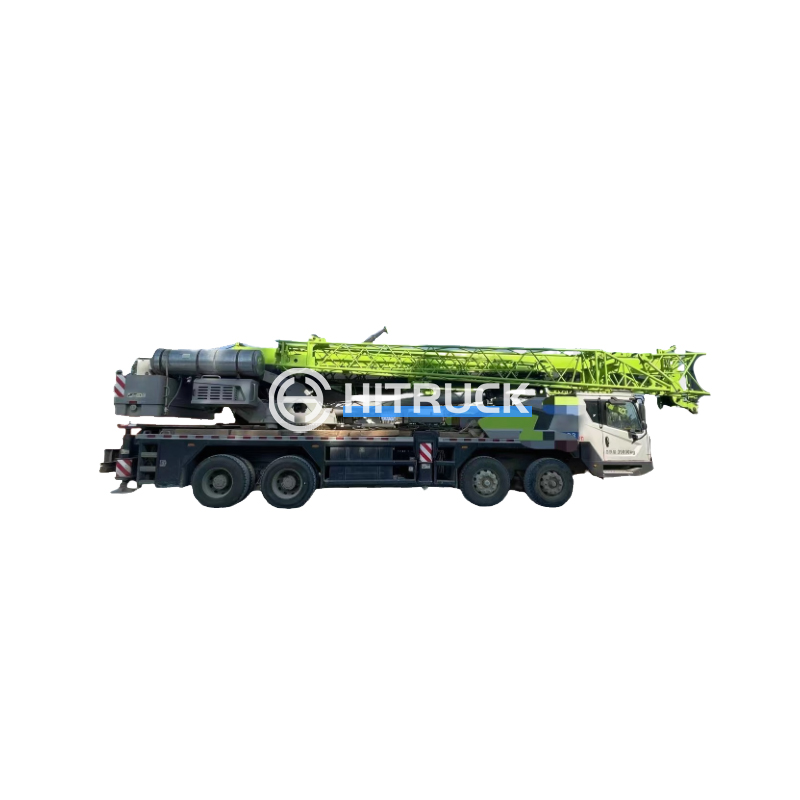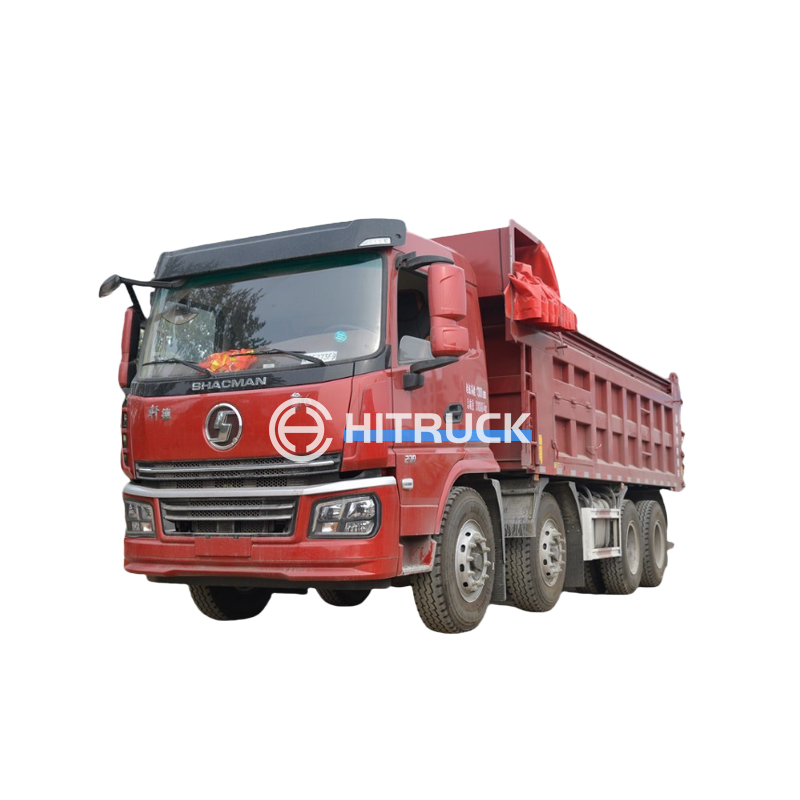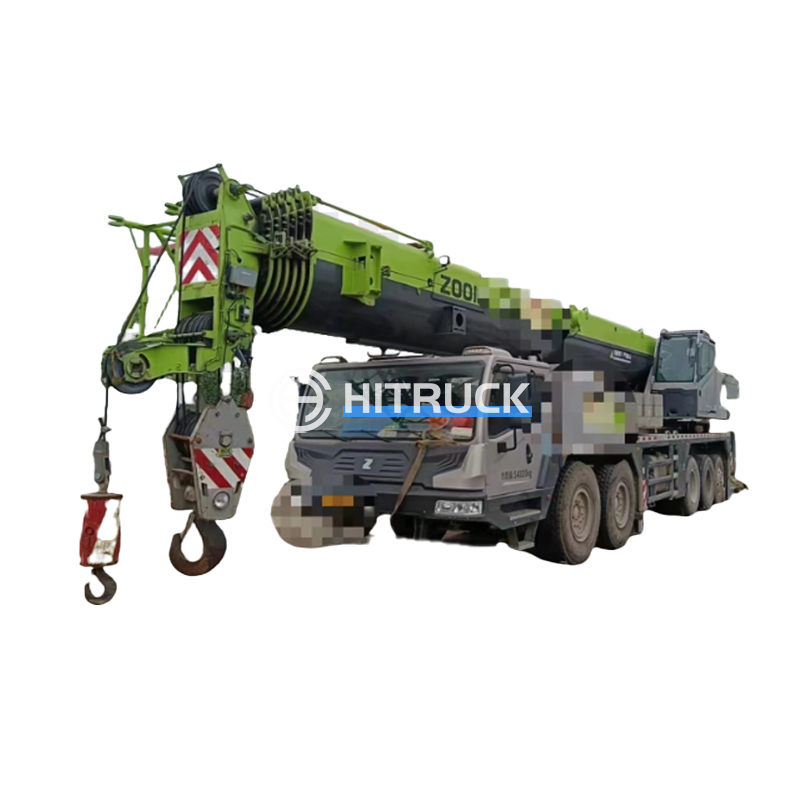This comprehensive guide explores the intricacies of truck crane hydraulics, covering essential components, operation principles, maintenance procedures, and troubleshooting tips. We delve into the crucial role hydraulic systems play in the lifting capacity and maneuverability of these powerful machines, providing practical insights for professionals and enthusiasts alike. Learn about different hydraulic system types, common issues, and best practices for ensuring safe and efficient operation of your truck crane. Discover how understanding truck crane hydraulics can optimize performance and extend the lifespan of your equipment.
A truck crane hydraulic system relies on several key components working in concert. These include the hydraulic pump, which generates the necessary pressure; hydraulic valves, controlling the flow and direction of hydraulic fluid; hydraulic cylinders, converting hydraulic pressure into linear motion for lifting and maneuvering; and hoses and pipelines, transporting the hydraulic fluid throughout the system. Regular inspection and maintenance of each component are crucial for optimal performance and safety. Neglecting any part can lead to costly repairs or even catastrophic failure. For high-quality replacement parts and maintenance, consider contacting experts at Suizhou Haicang Automobile sales Co., LTD for a comprehensive selection.
The truck crane hydraulic system uses pressurized fluid to power the crane's various functions. When the operator controls a lever or joystick, it actuates hydraulic valves, directing the flow of hydraulic fluid to specific cylinders. This fluid pressure causes the cylinders to extend or retract, producing the lifting, lowering, and swinging movements of the crane's boom and hook. Understanding the pressure dynamics and the relationship between valve actuation and cylinder movement is fundamental to safe and efficient operation of the truck crane.
Two primary types of hydraulic systems are common in truck cranes: open-center and closed-center systems. Open-center systems return hydraulic fluid to the reservoir when not in use, leading to less pressure buildup. Closed-center systems keep the fluid constantly under pressure, allowing for faster and more precise control. The choice between these systems depends on factors such as the crane's size, lifting capacity, and required precision. The specifics of your truck crane's hydraulic system can often be found in the operator's manual.
Hydraulic leaks are a common issue in truck cranes and can lead to significant performance problems and safety hazards. Identifying the source of a leak is critical for effective repair. Small leaks might only require tightening a fitting, whereas larger leaks may necessitate replacing a hose or component. Always consult a qualified technician when dealing with major hydraulic leaks in your truck crane. Remember safety first! Never attempt repairs unless you are properly trained and equipped.
Low hydraulic pressure often points to a problem within the pump, filter, or valves. This can severely limit the crane's lifting capacity and maneuverability. Addressing low pressure necessitates a thorough inspection of the entire hydraulic system to identify the source of the issue. Regular maintenance, including filter changes and fluid checks, helps prevent pressure issues and extends the life of the truck crane's hydraulic components. Proper maintenance is key to optimizing the performance of your truck crane's hydraulic system.
Regular maintenance is crucial for ensuring the longevity and safety of your truck crane's hydraulic system. This includes regular checks of fluid levels, pressure, and the condition of hoses and fittings. Regular filter changes are also essential to prevent contaminants from damaging the system. A well-maintained hydraulic system will perform optimally and extend the lifespan of your truck crane significantly. Remember to always consult your truck crane's operator's manual for specific maintenance recommendations.
Working with heavy machinery like truck cranes requires strict adherence to safety procedures. Always ensure the hydraulic system is properly inspected before operation. Never operate the crane if you suspect a hydraulic leak or malfunction. Always follow the manufacturer's safety guidelines and receive proper training before operating a truck crane. Safety should always be the top priority.
| Hydraulic System Type | Advantages | Disadvantages |
|---|---|---|
| Open-Center | Simpler design, lower cost | Less responsive, potential for overheating |
| Closed-Center | More responsive, precise control, better efficiency | More complex design, higher cost |
This information is for educational purposes only. Always consult professional resources and your truck crane's operator's manual for detailed instructions and safety procedures.

